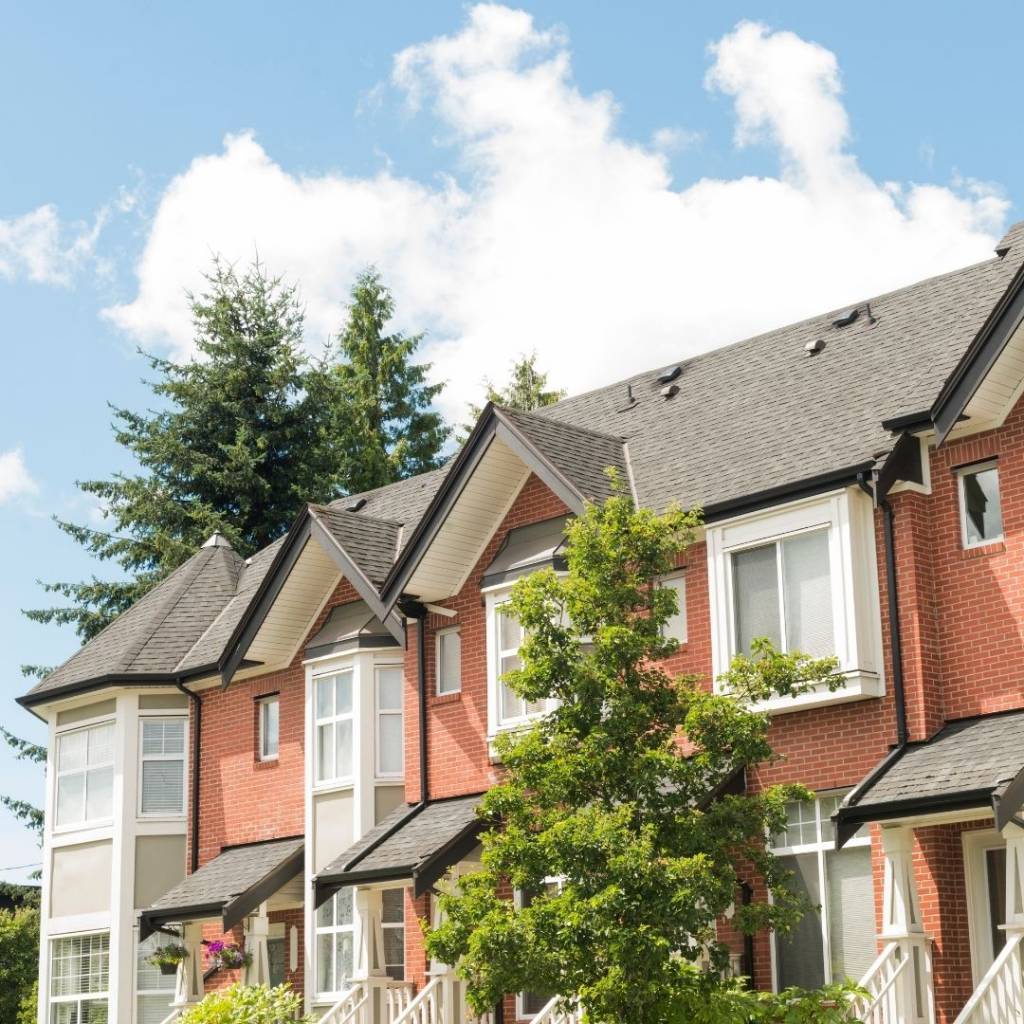A seller must consider various factors when selecting a listing price for their home. These factors can include market trends, time of year, inventory availability, uniqueness of the property, and the homeowner’s current financial situation.
James and Denny share their process and classification system for selecting a price point for their client’s homes.
This episode will focus on understanding what potential buyers are looking for, the dangers of pricing your listing too low or too high, the value of a great location, and the difference between pricing condos, townhouses, and single-family homes.
Watch and listen to the Garbutt+Dumas Real Estate Podcast below and follow us on Spotify, iTunes & YouTube.
NOTES FROM THE EPISODE:
The strategies behind selecting a home’s price when listing is constantly changing. This process depends heavily on the following factors:
- Current Inventory and Time of Year
- Inventory is likely to be low in the first few months of the year. A seller may opt to list their home at a low price and then rely on multiple offers and bidding wars to increase the final sale price to a number equal to or above market value.
- More inventory will likely become available in late Spring, which will decrease the amount of competition. The market is still hot during this time, but sellers will see fewer multiple offer situations.
- The real estate market may begin to cool down as the year progresses into the winter months.
- Market trends
- Know what types of homes are popular at this time. Entry-level single family homes are getting a lot of interest and selling quickly. In these circumstances, pricing conservatively can work in your favour. Mid to upper-priced homes should be listed at or above market value. This can give the homeowner some wiggle room to negotiate price if needed.
- Seller’s situation
- If you have already bought another property and need to sell your current one quickly, the best option in most situations is to list your home just below recent sales. This strategy will increase interest and hopefully secure a quick deal.
- If you are selling your home and want to achieve a goal number to buy another property afterward, price it at a number you feel comfortable selling it for. In this circumstance, do not expect a bidding war to push up the price.
Current Strategies for April 2021

Underpricing your listing is a riskier strategy now than it was in February or March.
For example, in March, a homeowner may list their $1.5 million home for $1.399 million to get more interest and offers. In the recent market, there is less competition to drive up that price, so it is most likely the best idea to price it at the value you believe it should sell for.
If a homeowner decides to list it below its value to increase the attention the home receives, give it at least six days on the market before looking at offers. It is also important to understand that you may have to relist your home at a higher listing price down the line if you initially do not get the offer price you desired.
The Classification System for Pricing Strategies when Listing
When selecting a listing price, G+D classifies townhouses and single family homes into three different categories:
A – a great house with a fantastic layout on a prime street in a desirable neighbourhood
B – a good house on a less favoured street in a desirable neighborhood
C – a house with a poor layout or in need of renovations on a busy street
Currently, you can still get away with a multiple offer strategy (listing low and expecting a bidding war to raise the final sale price) for a home in the A classification group.
The low B and C classification group homes should be listed at the price you think the property is worth. There will be more products available in these groups so the competition may be lower.
Condos follow a different system when selecting a listing price:

The real estate market for condos is more price-sensitive and budget-conscious. Many buyers have a strict ceiling for the maximum price they are willing to pay. Because of this, homeowners have to be very cautious with their choice of listing price – they could list low to get more eyes on the property or stretch above the last sale price to encourage a higher offer.
The neighbourhood plays a huge role when selecting a listing price for a condo. Communities within each city are following different trends. In most cases, sellers should list their condo at the price point they want to sell it for. If it is a unique property with a great view or if it is a prime building that has not seen inventory in the last couple of months, you may be able to price more aggressively in the hopes of attracting more substantial offers.
Lastly, if you have a tenanted condo, try not to overprice it as it will most likely not outperform other available apartments for sale.
Planning a Pricing Strategy when Listing your Home
It can be challenging to choose the best price when listing your home. When trying to determine the value of a home, James and Denny go through the following processes:
- Dig deep into the history of similar properties in that price point
- Ex. Review prices of all 2002 condo sales
- Review the sales in that area for the last 3 to 6 months
- Ex. All sales in that building or complex
- Break down the sales from the previous 30 days
- Ex. Look for sales for the specific price range that you are thinking of selling at and compare them to your property
When choosing a listing price, it is essential to have a thorough understanding of the product and how properties at that price point have recently been performing in the market. Keep in mind that every home is unique, and it is best to speak with a Realtor who can help you find your home’s market value.
Do you have questions regarding current market trends in your neighbourhood and what your home could be worth? Contact us! We would love to help you maximize your property’s value.
